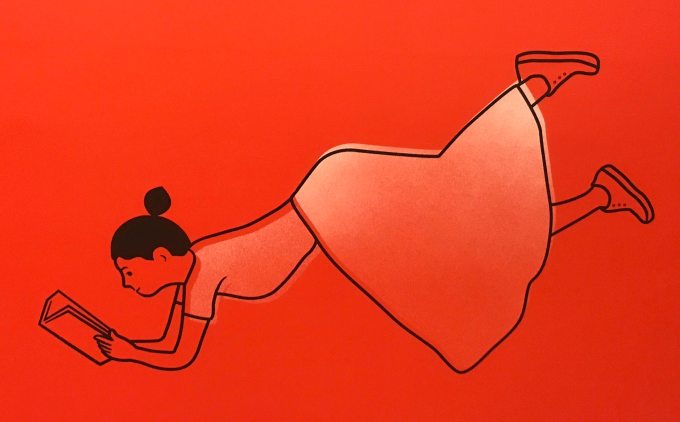
Thoughtful conversations, insights, inspiration and ideas … talks on climate change and social change, and an indigenous themed opening night – it’s all been part of the mix at this year’s Melbourne Writers Festival. Hot on the heels of Melbourne’s recent International Film Festival, and soon to be followed by the Melbourne Fringe Festival, this city has certainly earned its reputation as a key cultural centre for creativity and the arts.
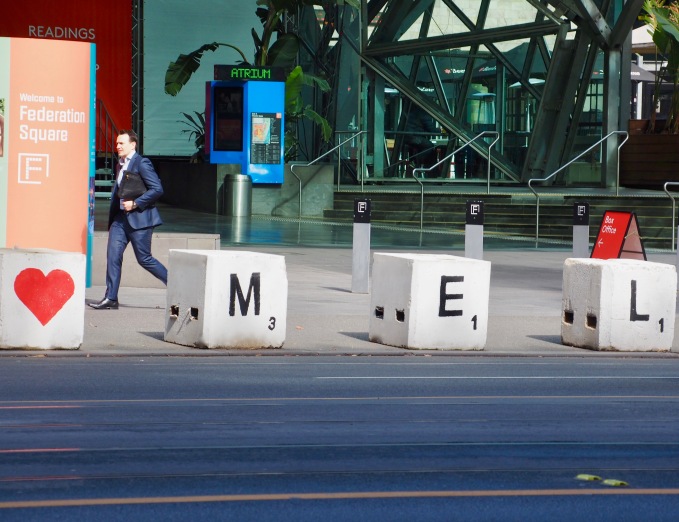
The program for this year’s Melbourne Writers Festival featured a wealth of home-grown Australian talent plus a line up of international guests from various cultural backgrounds. It was an event for thinkers, readers and writers of all genres – from poetry and literature, to photojournalism and non-fiction. In addition to the main presentations, panels and workshops, there was the odd musical interlude and exhibition, sessions for students and a series of outreach events at local libraries.
Centred once again around Federation Square and the Australian Centre for the Moving Image (ACMI), plus some satellite locations, and with around a quarter of the events being offered for free, the Writers Festival remains quite accessible and provides something to suit all tastes. But it is not just for writers and literary types. Featuring over 370 authors, taking part in 300+ events, covering a smorgasbord of topics – from gender and race, to science and science fiction, revolution, activism, and politics in the Trump era – it has been a veritable feast of good food for thought!
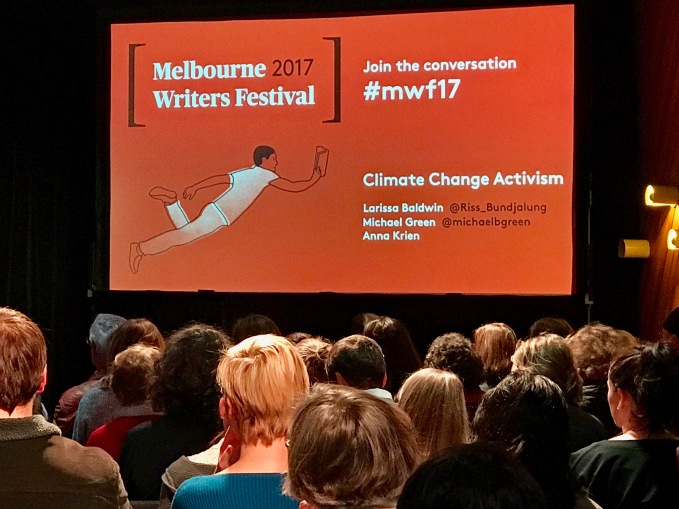
I always find it worthwhile to explore the opportunities to hear directly from those writers and creators who inform or uplift us or who manage to transport us into new worlds through their work and their words. I like to hear ‘the stories behind the stories’, to find out about the inspiration that leads on to publication, and to meet the people behind the bylines.
In this age of technology, what is the future of the written word … and the art of conversation? Many questions to explore, and social issues and ideas to discuss. Away from the presentations, the pop up bar at Fed Square became a centre for socialising and continuing the conversations, with a nearby Readings Festival Bookstore for browsing, and plenty of opportunities to meet authors and get books signed. It’s always a big week when the Writers Festival is in town.
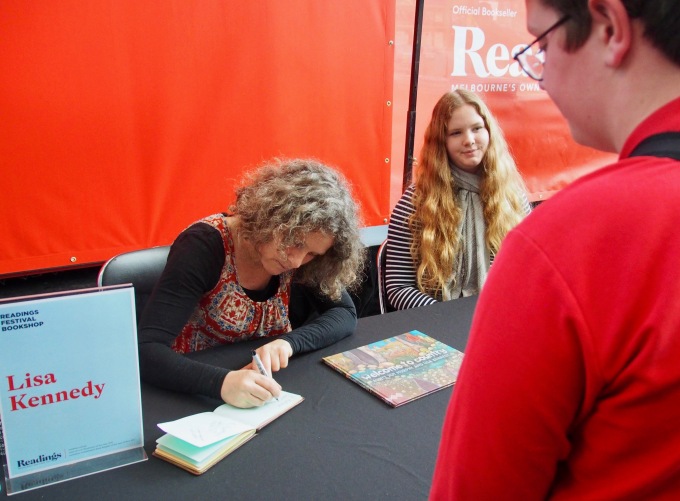
A Gala Opening with an Indigenous Theme
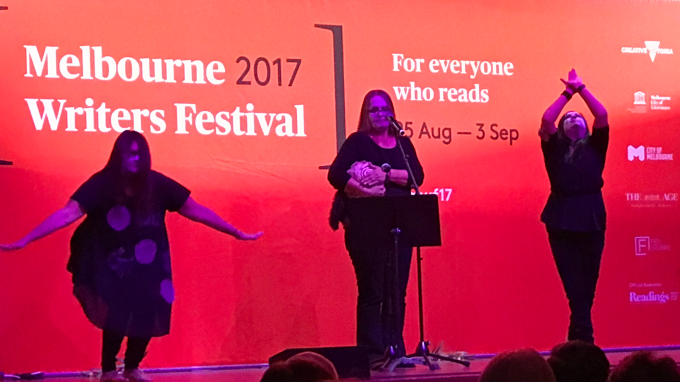
This year, the highlight for me, was the opening night for the Festival – which featured a celebration of indigenous culture, through performance, music and the spoken word. To kick off the gala evening, Wurundjeri elder, Auntie Joy Murphy, gave a heartfelt ‘Welcome to Country’ – welcoming everyone to the traditional lands of the Wurundjeri people and inviting guests to explore and enjoy the festival and its events.
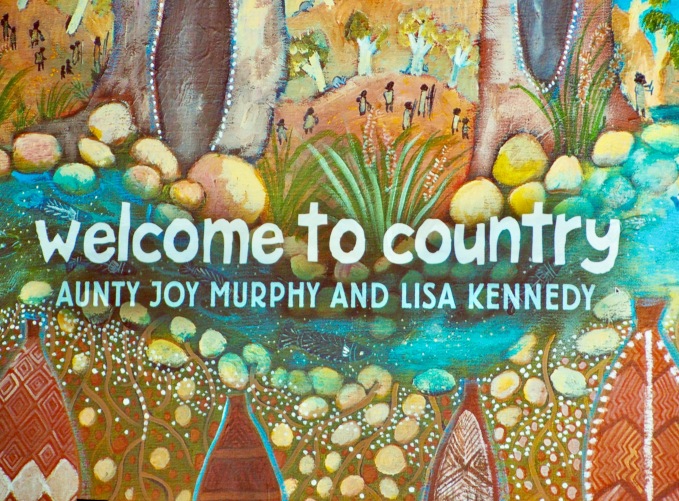
This welcome was followed by a soulful ‘Earth Honouring’ performance, featuring indigenous artists, Vicki Couzens and Gina Bundle, in collaboration with Indian performer, Priya Srinivasan. Inspired by music, movement and the spoken word, this choreographed, cross-cultural piece portrayed feminine energy in motion and in gentle connection to the earth, creating a very grounded and calm tone for the evening. With evocative poetry, the sharing of indigenous language and song, and Vicki Couzens’ heartbeat-like drumming, this enchanting performance followed a recent collaboration between the artists at the pop-up Jaipur Literary Festival in Melbourne. Below is a short video I filmed on my iPhone.
A Thought Provoking Keynote Address
Continuing on with the indigenous theme, Kim Scott, author and Professor of Writing at Curtin University in West Australia, delivered a keynote address about how stories can help create or challenge our sense of national identity. Kim was the first indigenous writer to win the prestigious Miles Franklin Literary Award, for his novel, Benang, and he won the prize a second time for That Deadman Dance. His latest novel, Taboo, is set in rural Western Australia and tells the story of a group of Noongar people who revisit the site of a massacre.
A thought leader on cultural identity and a proud member of the Noongar community, Kim is also the founder and chair of the Wirlomin Noongar Language and Story Project, which has published a number of bilingual books as part of its work reviving and recording local language.
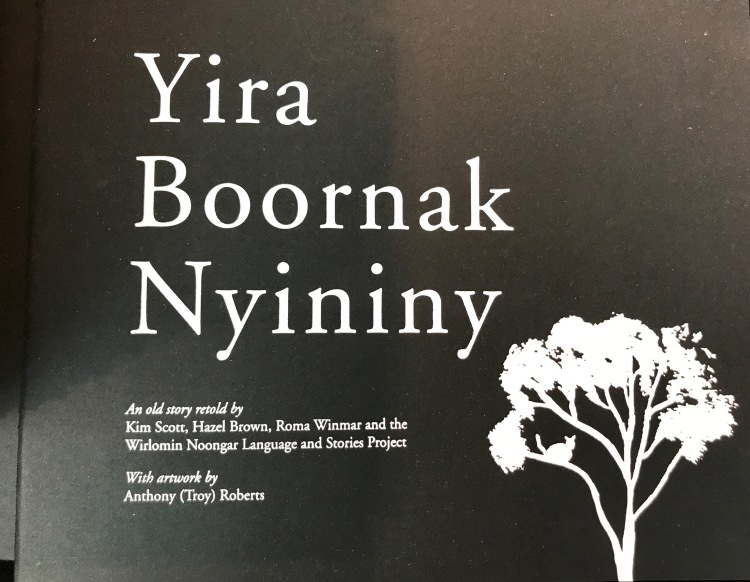
As a writer, Kim Scott’s work challenges the conventional notion and narrative of ‘Australian history’, originally viewed and documented through ‘white’ or European eyes. He shines a light on historical trauma and highlights indigenous connections to culture, language and land. Articulately presented, on the page or in this case, in person, his work integrates the lesser known, shadow side of Australian history and is part of a national conversation that needs to continue.
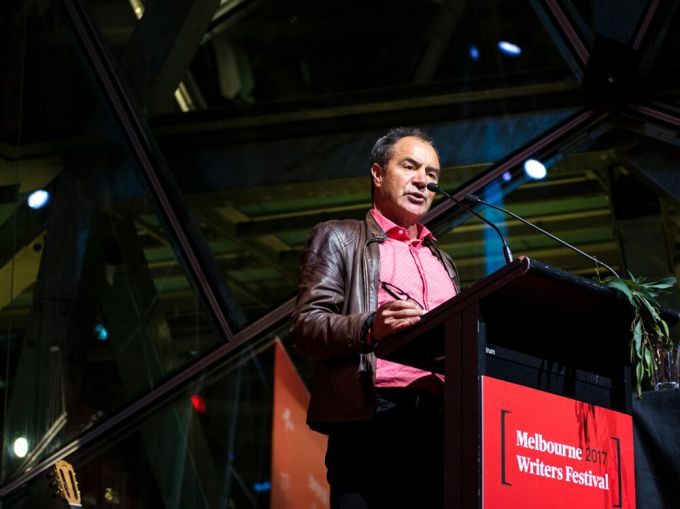
In his presentation to the literati at the gala, Kim referred to the words of Mark Twain, the noted American author who, after a visit to Australia in the 1890s, commented that Australian history is “always picturesque; indeed, it is so curious and strange … it does not read like history, but like the most beautiful lies.”
“Beautiful lies?” queries Kim. “The fundamentals of Australian history as far as I am concerned, involve stolen country, a tiny percentage of the original population, especially in south-east and south-west Australia, surviving the first 50 years of colonisation, and then an apartheid-like regime for much of our shared history.”
Kim Scott used some archival examples to highlight the pervasive, often derogatory attitudes towards indigenous people following colonisation. His own writing explores a historical narrative which includes an indigenous perspective and his work draws upon important elements of Aboriginal culture and ‘lived experience’, bringing this forward into the national discussion about our shared history and identity.
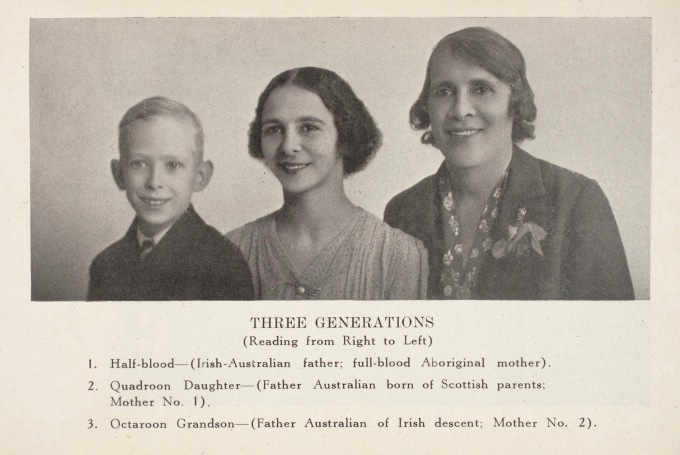
A page from the 1947 book, ‘Australia’s Coloured Minority: Its Place in the Community’. The author, A.O. Neville, Chief Protector of Aborigines and Commissioner for Native Affairs in WA from 1915 to 1940, articulates the belief that assimilation of Aboriginal people of mixed descent could only occur through ‘breeding out the colour’. (Image courtesy of Museums Victoria Collections https://collections.museumvictoria.com.au/items/1496210)
An adept researcher, Kim revealed that he found countless examples in the historical archives that were full of disparaging references to race. His presentation also highlighted how Aboriginal people had tended to be portrayed in literature and lyrics, drawing upon a Slim Dusty song as an example of inherently accepted racism. Indeed, he pointed out that there could be something insidious, a type of ‘poison’ in certain songs and stories.
“Perhaps we have outgrown these stories now?” he asked. Kim welcomes the opportunity for people to review such content through new eyes and to see it for what it is. He indicates that although there is still a long way to go, he believes that times and attitudes are changing and that there is a growing and genuine interest in Aboriginal history, heritage and culture. And he sees the road ahead as a time for healing.
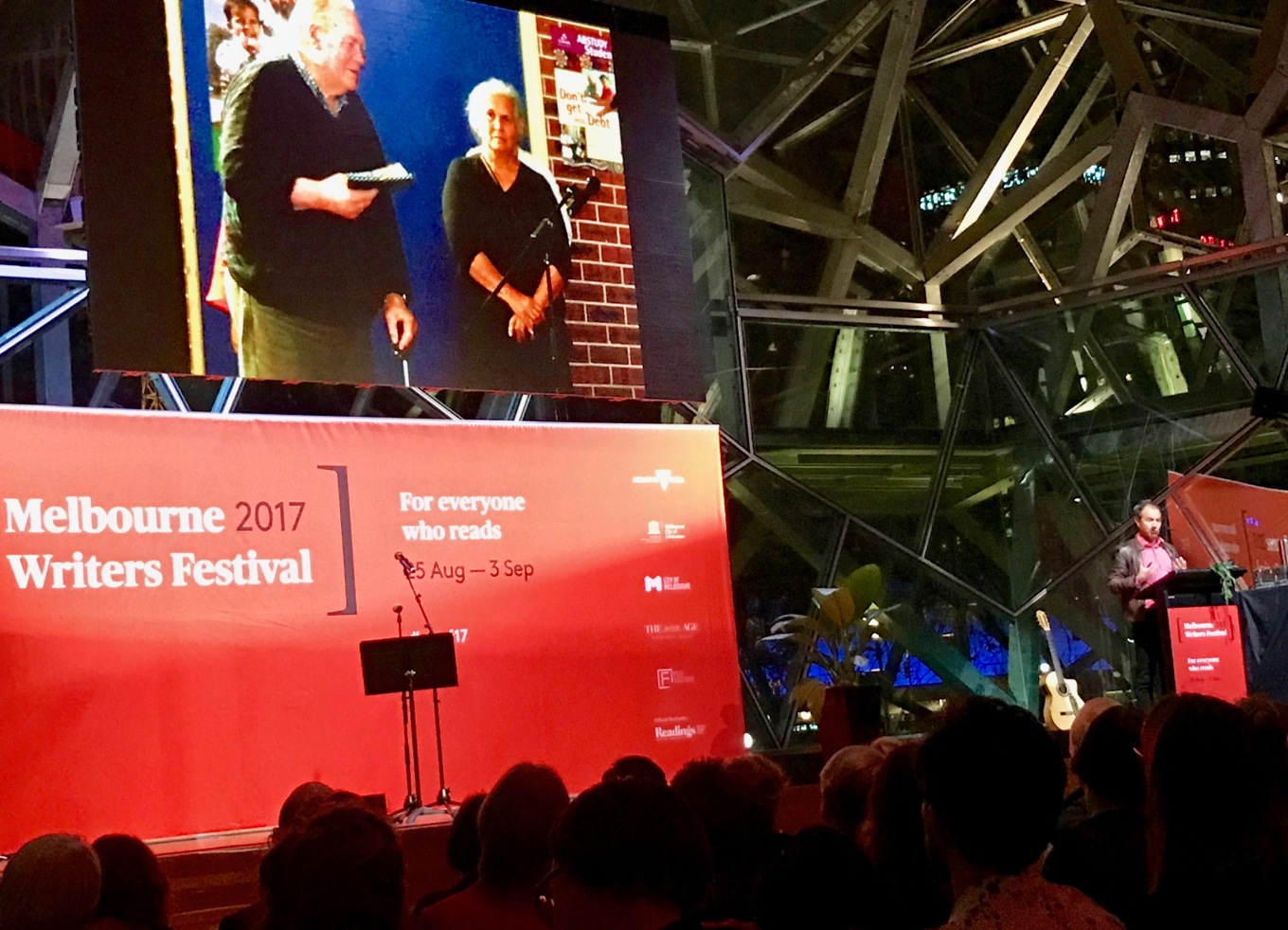
“Perhaps you can understand some of us wanting a different story of identity and belonging in which we might dwell, and of imagining a community that might gather around these stories that we tell” he said.
“The community that gathers around our stories is built up one by one. We are collaborating together in the story we are making, and in the telling and the retelling.” Kim reminds us that our collective story is still being created. “History is never over, it continues.”

A Moving Musical Tribute
Following Kim Scott’s powerful keynote address, the ‘Mission Songs Project’ took to the stage. Presented by Jessie Lloyd and accompanied by singers Emma Donovan, Deline Briscoe and Jessica Hitchcock, this vocal quartet performs songs drawn from the missions, reserves and fringes of townships where indigenous people were relocated.
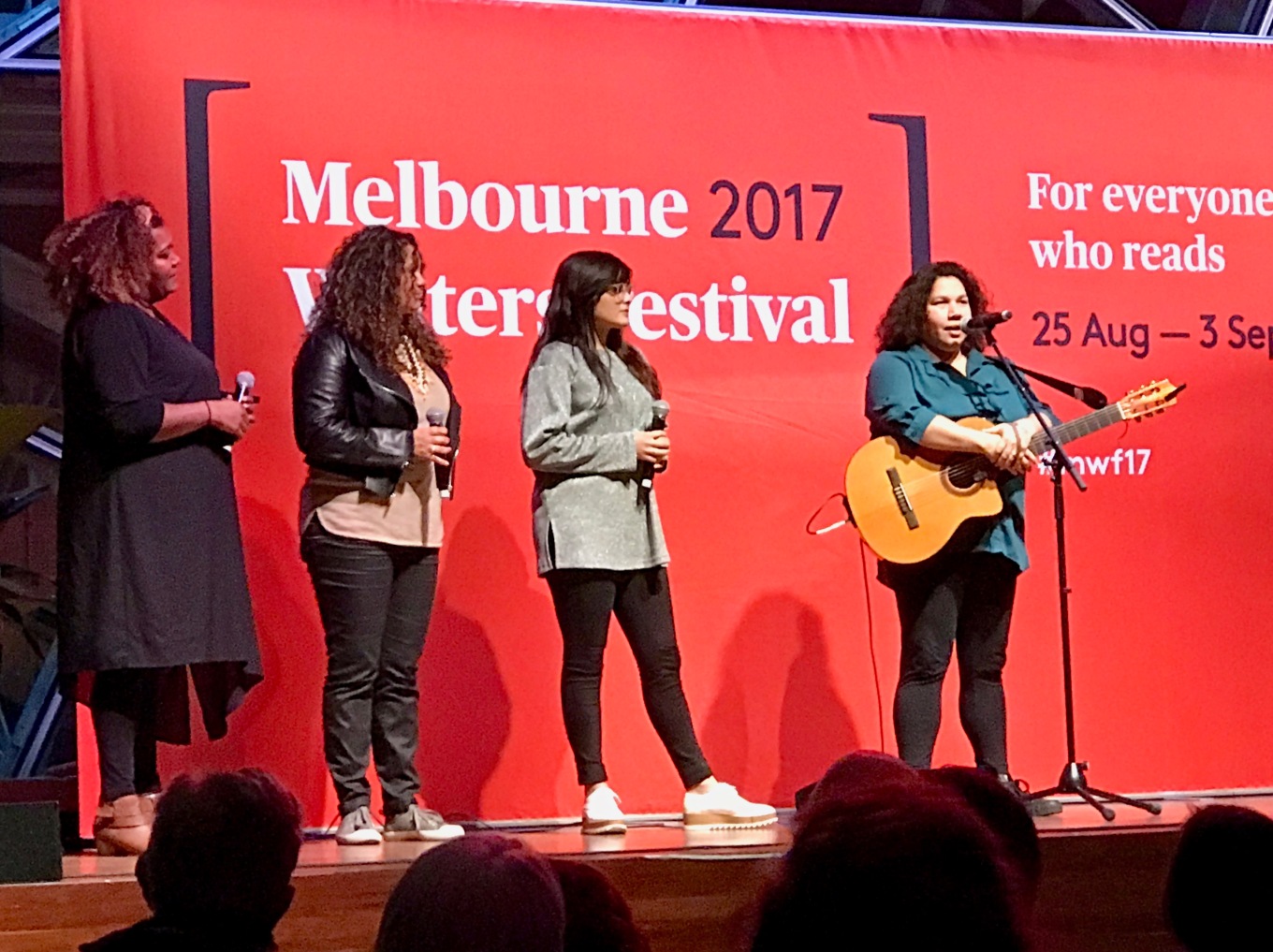
The Mission Songs Project is part of an ongoing initiative to research and present a collection of indigenous songs that were composed and performed from 1900 to 1999. This somewhat gospel-like and moving collection of songs provides an important historical insight into the lives of indigenous people and their experiences of cultural identity, love and loss.
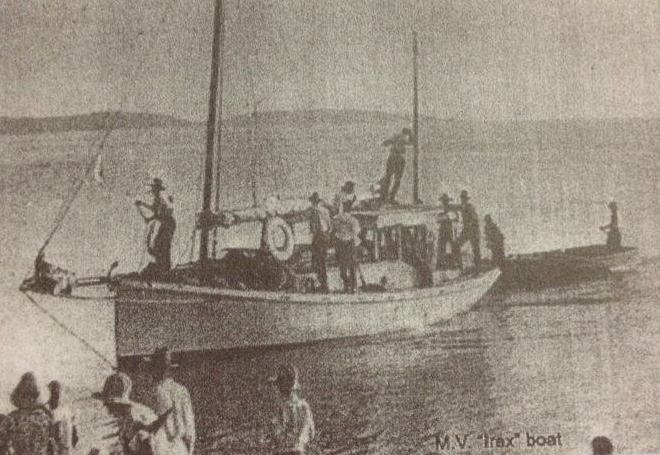
Below is a brief video clip, shot on my iPhone, which provides a glimpse into the type of songs and the beautiful voices that bring this quartet and important project to life.
The song lyrics share what day to day life on the missions, settlements and reserves was like, through music. Jessie Lloyd explains that these rare songs consist of almost forgotten stories that have the power to shed light on the history of indigenous elders, families and communities. It is great to see these songs and stories being shared with the wider community.
Rap’d
The indigenous themed gala opening for the Melbourne Writers Festival wrapped up with an after-party and music from DJ Sovereign Trax, with her playlist of music from contemporary Aboriginal and Torres Strait Islander musicians – including samples from rap and hip hop artists.
Overall, the opening night was a really fitting way to acknowledge the richness and resilience of indigenous culture and stories, shared through words, music and performance, and it provided an opportunity to look to the past as well as the future. This event highlighted that storytelling comes in many forms … and as Kim Scott reminds us, our shared stories in this ancient land continue as we co-create and record them, for the present and for future generations.
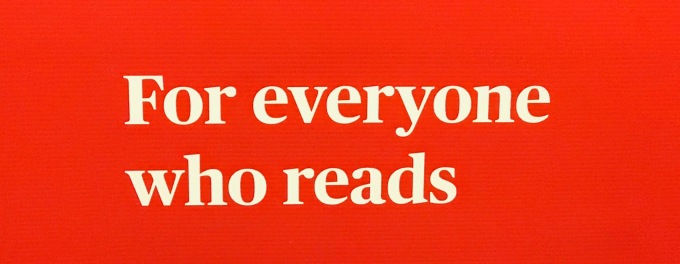
The Melbourne Writers Festival is an annual event that runs for 10 days in late August/early September. For further information, visit http://www.mwf.com.au
For further information about the Missions Songs Project, visit missionsongsproject.com







